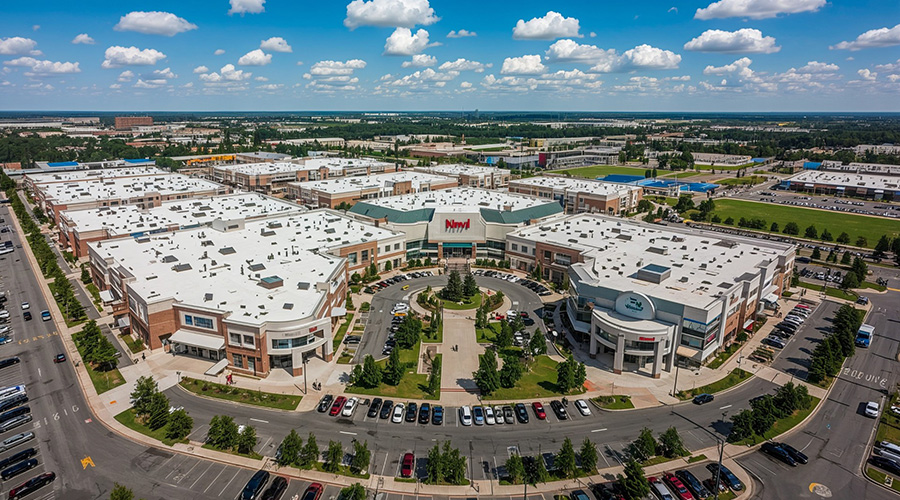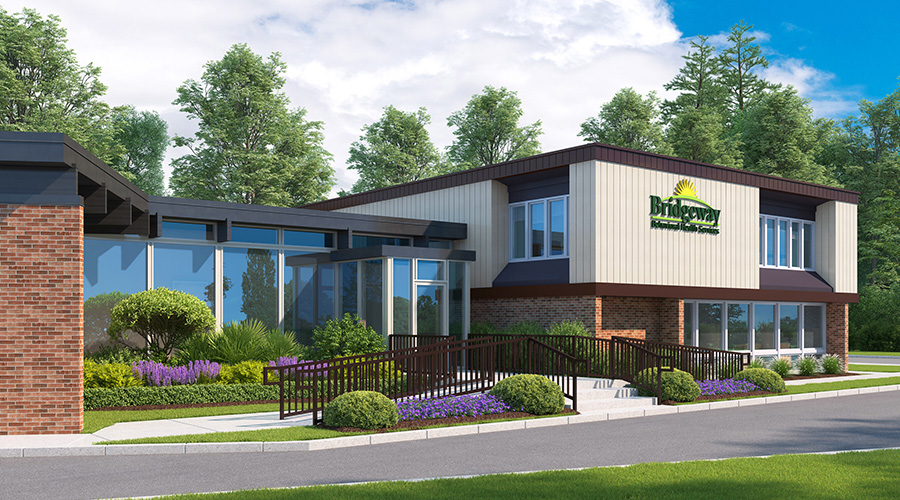High-rise hospital design has enabled healthcare facilities nationwide to navigate the challenges and opportunities presented by expanding their reach upward. Design tactics have enabled these organizations to address two ongoing considerations in such facilities — elevator transportation and sustainability — in their efforts to serve patients and make a real difference in communities.
Eye on elevators
The movement of materials, people and products in a vertical hospital facility has always been a critical factor in operational efficiency and patient care. But over the last decade, the emergence of smart building technology and artificial intelligence (AI) has revolutionized hospital logistics, improving workflow management and overall outcomes.
Automation also has become essential in high-rise hospitals, where the movement of supplies, linens and waste must be carefully coordinated. Autonomous, guided vehicles and robotic systems now are integrated into vertical transportation networks, which often require dedicated elevator banks.
Properly designed elevator systems are crucial to hospital functionality, as seen in several successful large hospital projects, including Northwestern Memorial Hospital’s Prentice Women's Hospital, Feinberg Pavilion and Galter Pavilion. These hospitals have implemented adequate vertical transportation systems, ensuring efficient movement of patients, guests, medical staff, supplies and hazardous waste between floors.
Related Content: Upward Mobility: Market Forces Drive Hospitals Higher
But hospitals such as the Ann and Robert H. Lurie Children’s Hospital of Chicago have faced challenges due to too few elevator banks, forcing operational adjustments to compensate. Ideally, dedicated elevator banks for robotic and autonomous transport are located adjacent to patient units rather than in them.
For example, the Peter Gilgan Centre in Toronto features two separate elevator cores designed to serve distinct units efficiently. At Feinberg and Galter, lateral positioning of a large collection of elevators ensures seamless access across multiple areas. Executives and managers at well-designed, high-rise hospital systems must consider the number of elevators, in addition to their speed, size and positioning to support the medical center’s material flow.
On the service level — typically located on the lower floors of a high-rise hospital — materials such as clean linens, medical supplies and equipment enter the facility for processing before distribution. The outbound flow, which includes soiled linens, food waste and general refuse, creates a structured and repetitive cycle that keeps operations running smoothly.
To keep this essential flow uninterrupted by random requests and unplanned activities, it is important to have a well-orchestrated logistics framework. Data-driven modeling also can be used to help hospitals to refine these systems before construction, optimizing vertical circulation and overall hospital workflow. To keep elevator flow from being interrupted, high-rise hospitals typically are designed to limit patient movement between floors as much as possible, which also supports infection control.
Sustainable high-rise hospitals: A work in progress
Hospitals are among the largest energy consumers in any community, according to the U.S. Department of Energy, primarily because they are open 24/7 and contain a large concentration of medical equipment that requires constant power.
But centrally located, high-rise hospitals have been proven to contribute less to pollution by lowering traffic congestion and significantly cutting the amount of time it takes for patients to get critical medical care. The requirement to maximize space in a structurally sound facility has become a trend in architectural design, mixing elements of form with necessary function to achieve a visually appealing structure that can accommodate a growing number of patients.
While early attempts at green hospital design encountered skepticism, advances in intelligent building systems have improved energy efficiency. Many high-rise hospitals are exploring all-electric building systems, though this remains a challenge in regions with high electricity costs. Another challenge unique to high-rise hospitals is the so-called stack effect — the uncontrolled movement of air in tall buildings.
This issue complicates the maintenance of proper air pressure and humidity levels that are essential for infection prevention, and it makes it essential for vertical hospitals to adopt scalable air-handling systems that can be adjusted based on patient demand and the amount of movement happening between floors.
A great deal has changed over the last decade in the world of vertical hospitals. By 2035, most hospitals, high-rise or otherwise, will feature fully integrated, AI-driven logistics, carbon-neutral designs and enhanced spatial adaptability. As technology advances ever faster and smart hospitals evolve, high-rise facilities will get more efficient, sustainable and responsive to patient needs.
The sky is no longer the limit. It is the blueprint for a new era of hospital innovation.
Douglas King is emeritus vice president, healthcare, at PMA, a real estate project and development consulting firm.

 Healthcare Is the New Retail
Healthcare Is the New Retail Bridgeway Behavioral Health Services Launches Campaign to Renovate Health Center
Bridgeway Behavioral Health Services Launches Campaign to Renovate Health Center Ground Broken for New North Dakota State Hospital
Ground Broken for New North Dakota State Hospital AI Usage for Healthcare Facilities
AI Usage for Healthcare Facilities Ground Broken on Pelican Valley Senior Living Modernization Project
Ground Broken on Pelican Valley Senior Living Modernization Project